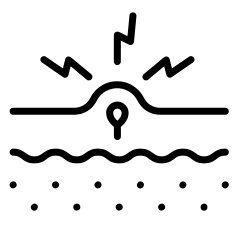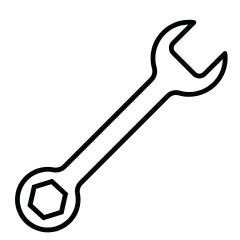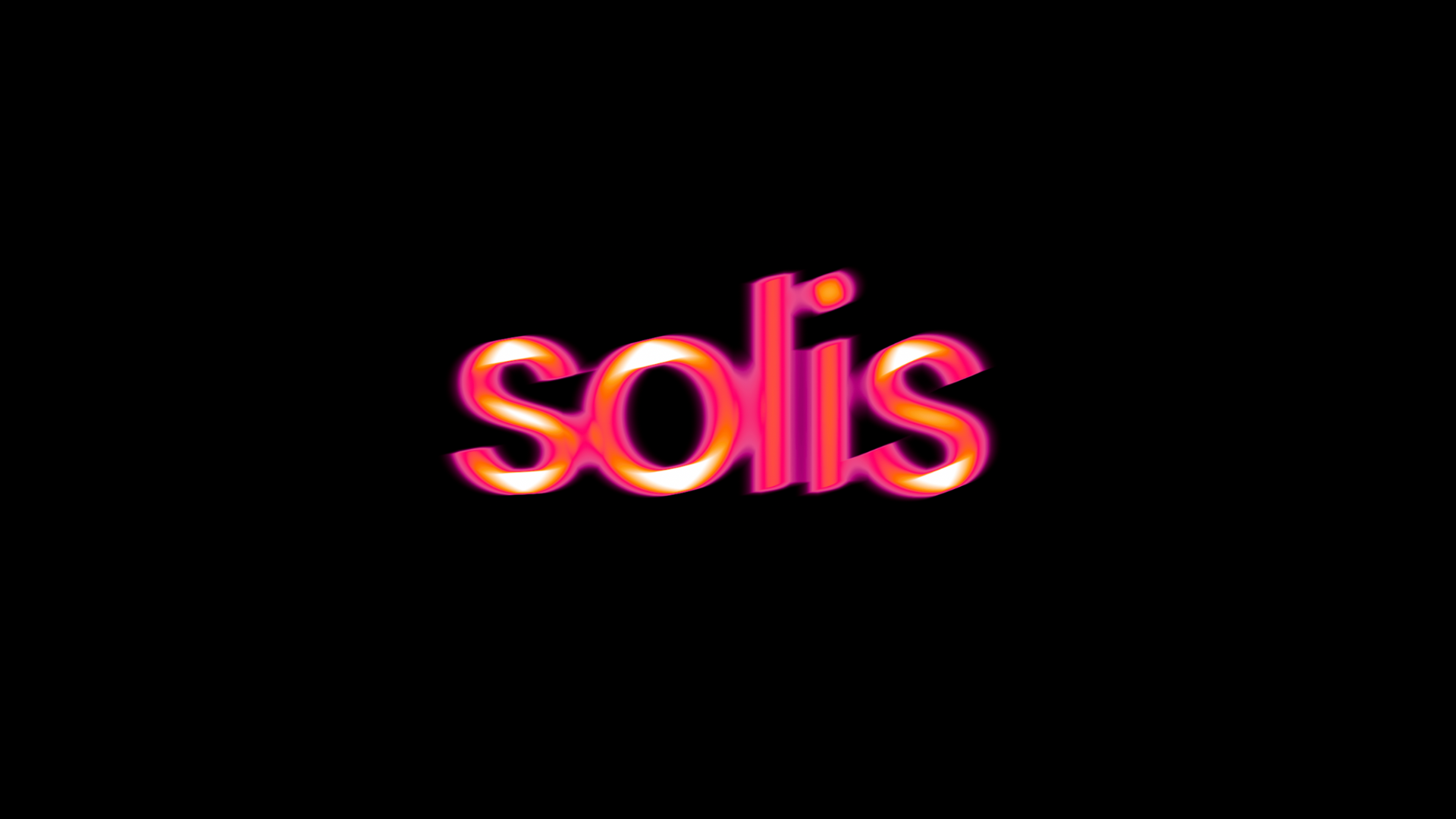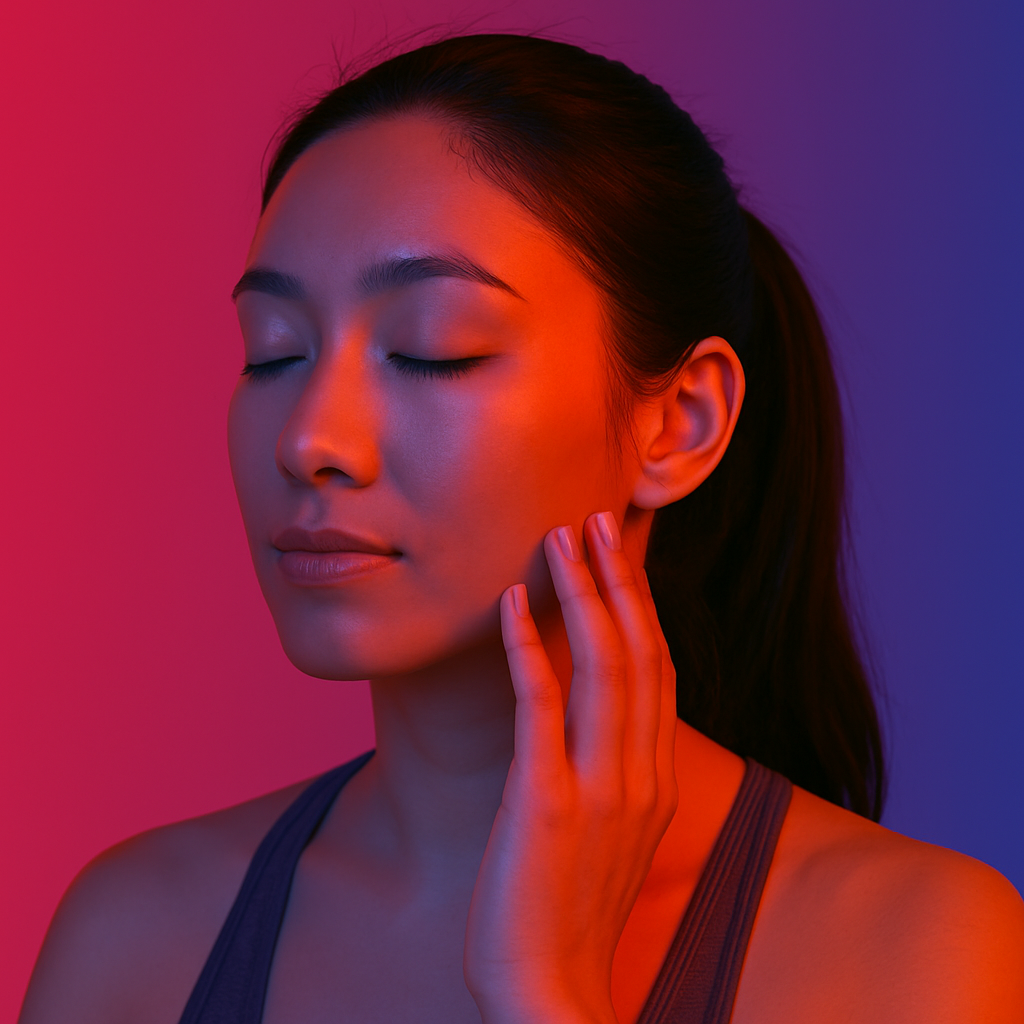
★★★★★ Rated 4.9/5
Reawaken your skin's natural radiance in just 10 minutes a day...
Science has proven that specific light wavelengths trigger your body's own regenerative mechanisms, enhancing collagen production by up to 200%.
Why Solis is recommended by dermatologists:
☑️ Reduces fine lines & wrinkles
☑️ Combats breakouts & flare ups
☑️ Suitable for all skin types
Discover Your Skin TransformationHow Solis Red Light Therapy Works for Skin Health
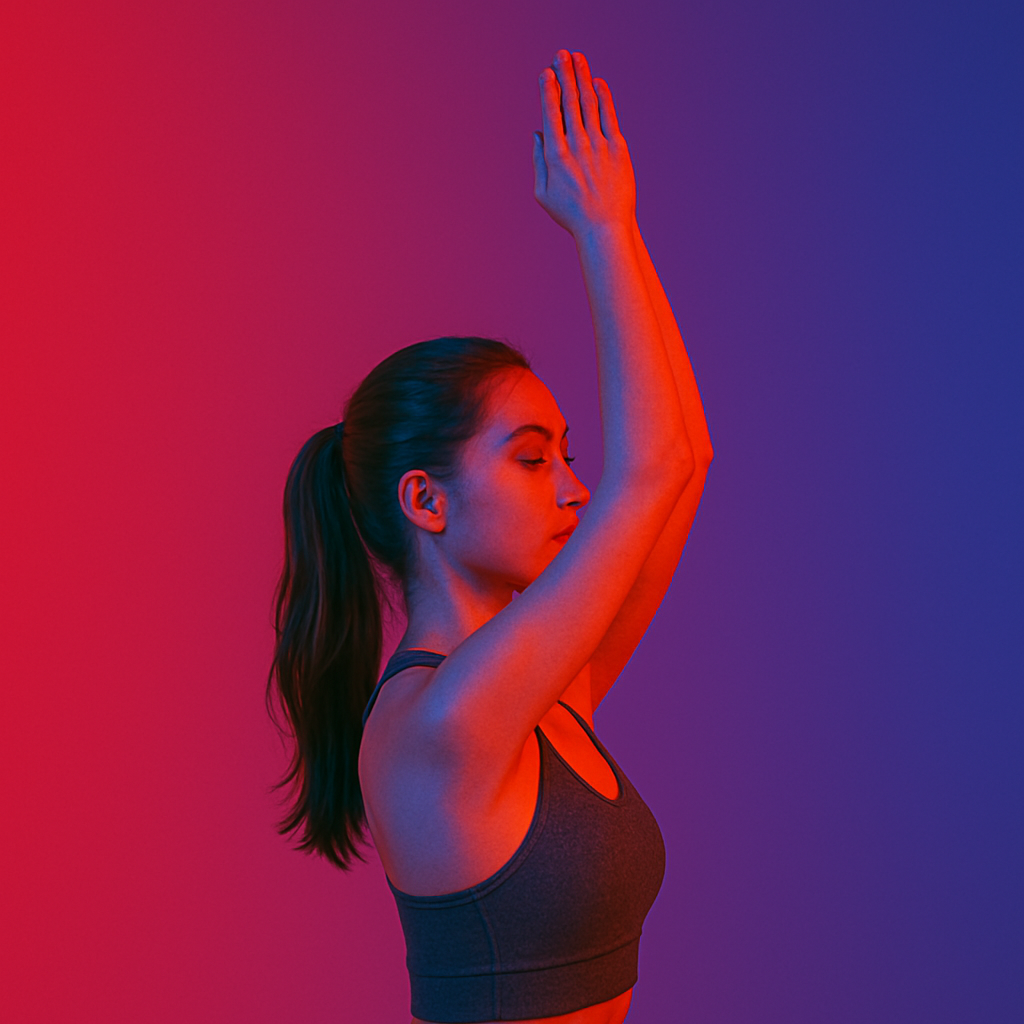
Unlike topical products that only reach the skin's surface, Solis red light therapy penetrates to depths of 8-10mm, accessing the dermal layer where collagen and elastin are produced.
The clinical-grade 630nm and 660nm red wavelengths used in Solis panels are specifically calibrated to reach these crucial skin structures.
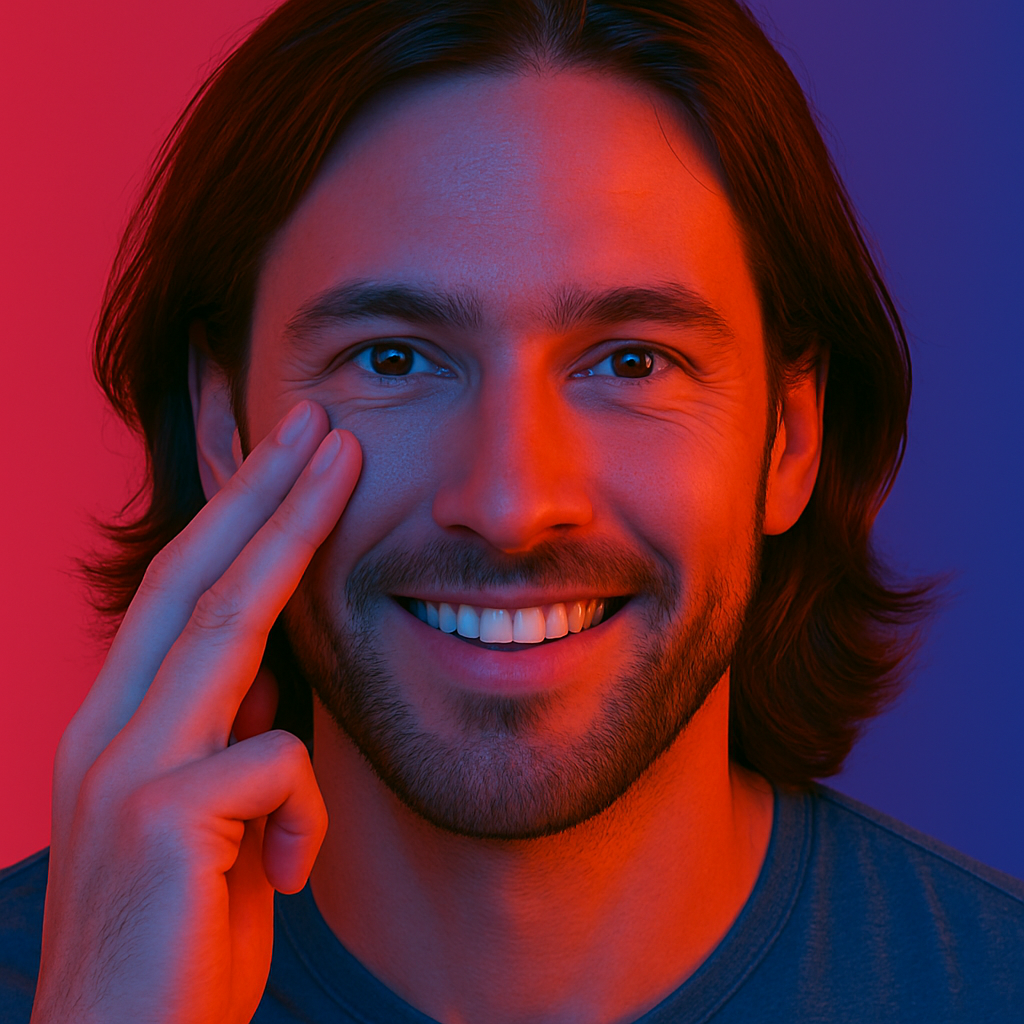
When red light reaches your skin cells, it's absorbed by mitochondria—your cellular power plants.
This triggers increased production of ATP (adenosine triphosphate), the energy currency that powers all cellular functions, essentially "recharging" your skin cells.
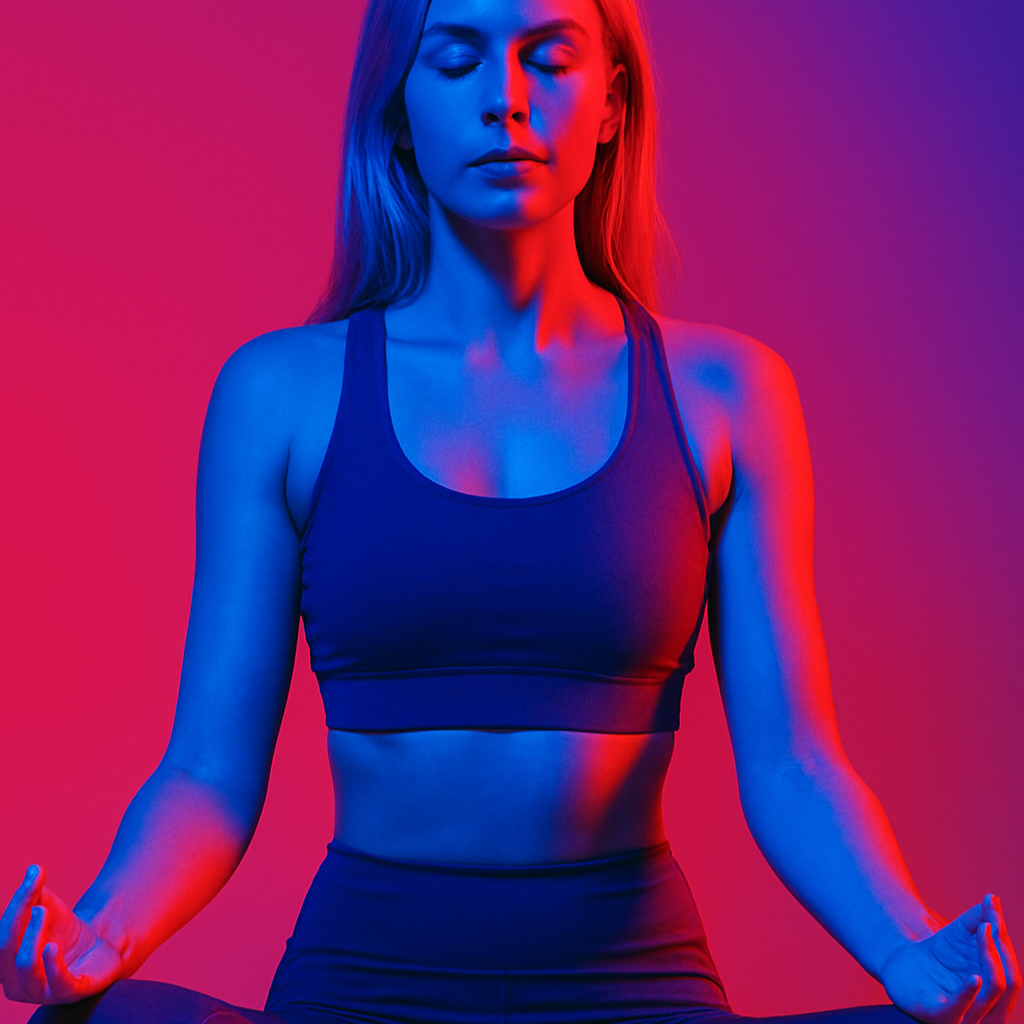
Energised cells perform their natural functions more efficiently. Fibroblasts produce more collagen and elastin, circulation improves, inflammation pathways are modulated, and cellular repair accelerates—all without chemicals, injections, or damage to the skin.
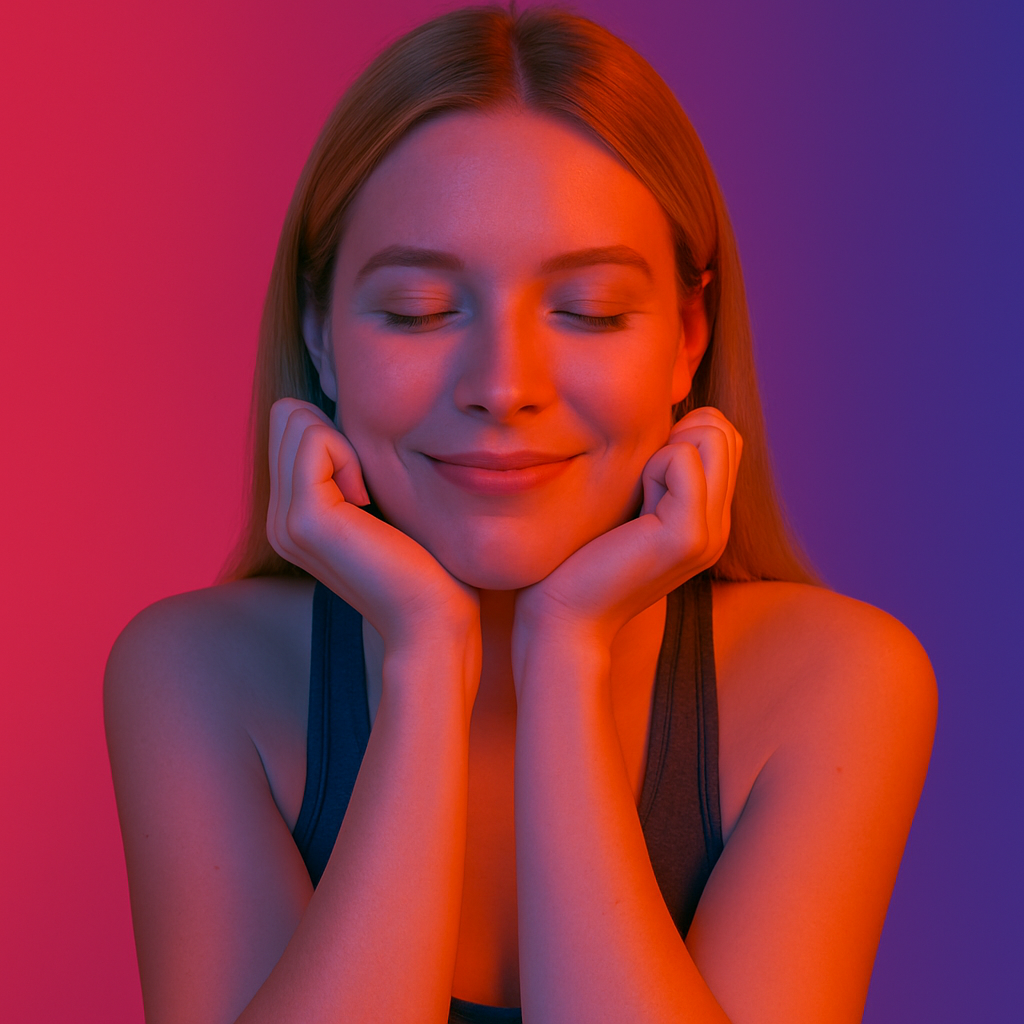
Unlike treatments that create results through controlled damage, red light therapy builds skin health from within.
Regular sessions create a compounding effect as cellular improvements accumulate over time, leading to naturally resilient, radiant skin that continues improving with consistent use.
Unlike topical products that only reach the skin's surface, Solis red light therapy penetrates to depths of 8-10mm, accessing the dermal layer where collagen and elastin are produced.
The clinical-grade 630nm and 660nm red wavelengths used in Solis panels are specifically calibrated to reach these crucial skin structures.
When red light reaches your skin cells, it's absorbed by mitochondria—your cellular power plants.
This triggers increased production of ATP (adenosine triphosphate), the energy currency that powers all cellular functions, essentially "recharging" your skin cells.
Energised cells perform their natural functions more efficiently. Fibroblasts produce more collagen and elastin, circulation improves, inflammation pathways are modulated, and cellular repair accelerates—all without chemicals, injections, or damage to the skin.
Unlike treatments that create results through controlled damage, red light therapy builds skin health from within.
Regular sessions create a compounding effect as cellular improvements accumulate over time, leading to naturally resilient, radiant skin that continues improving with consistent use.




Reduce appearance of wrinkles in just 7 days...
Witness Charlotte's Transformation: At 50, she experienced these remarkable results after just 7 days of 10-minute Solis sessions. Imagine what you could achieve with consistent use...
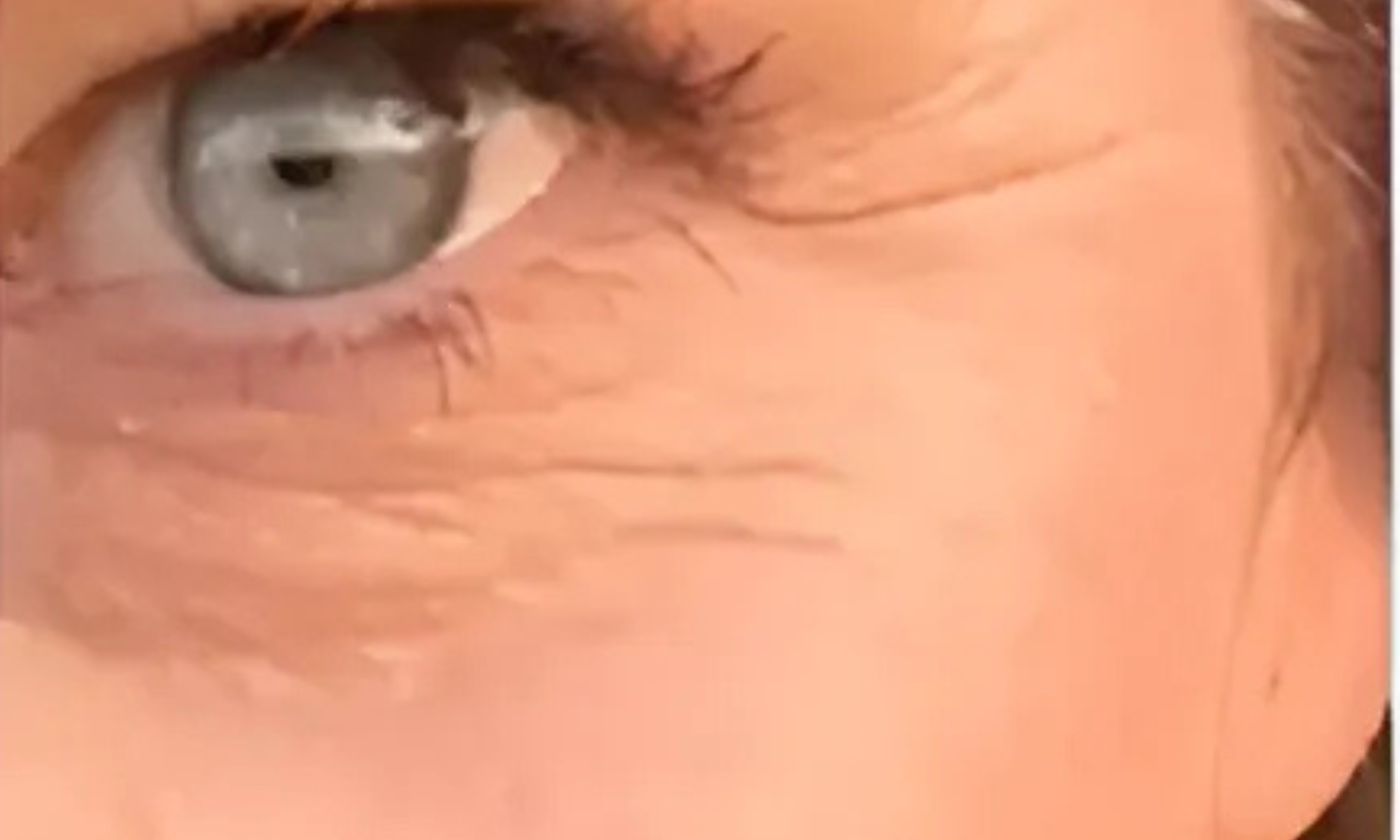
Day 1
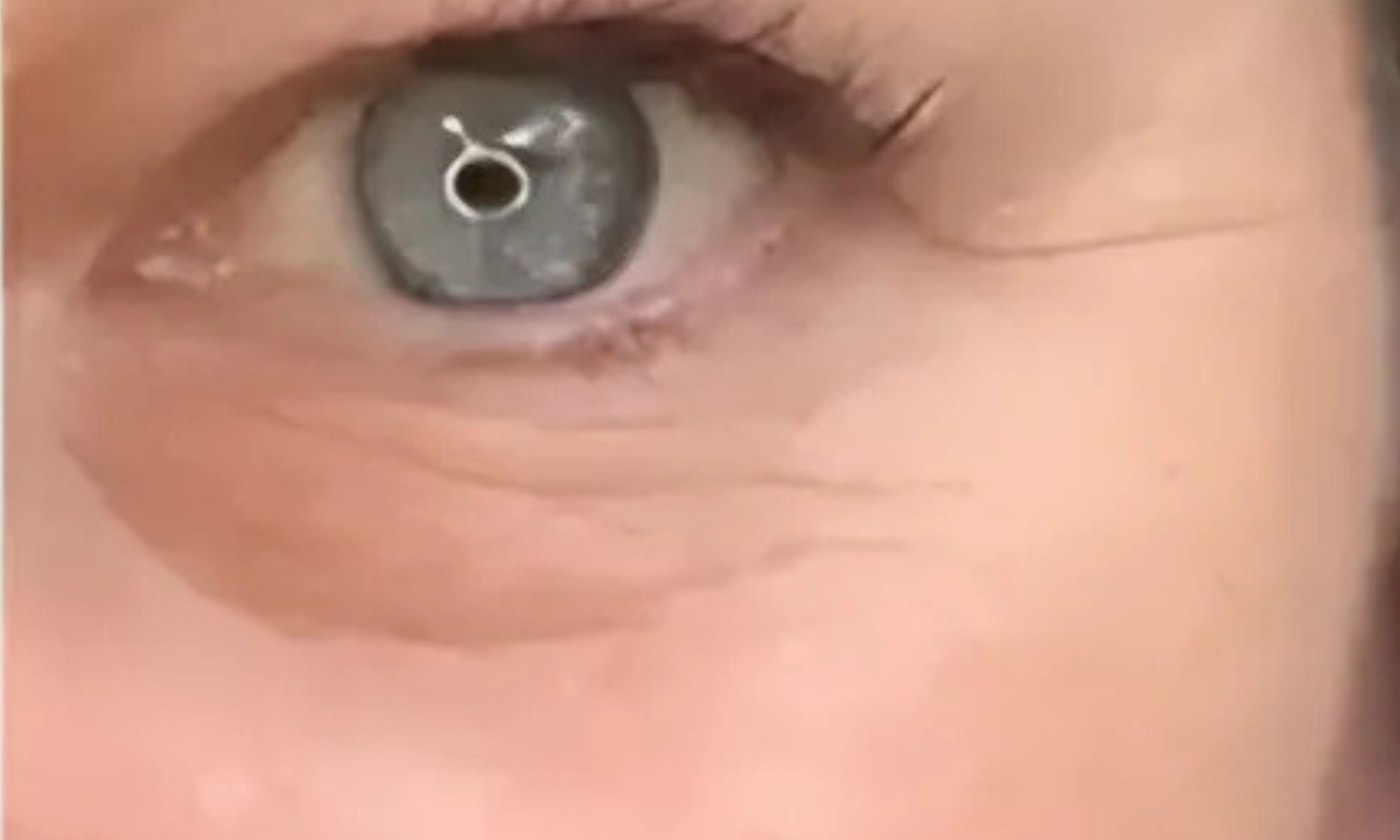
Day 7
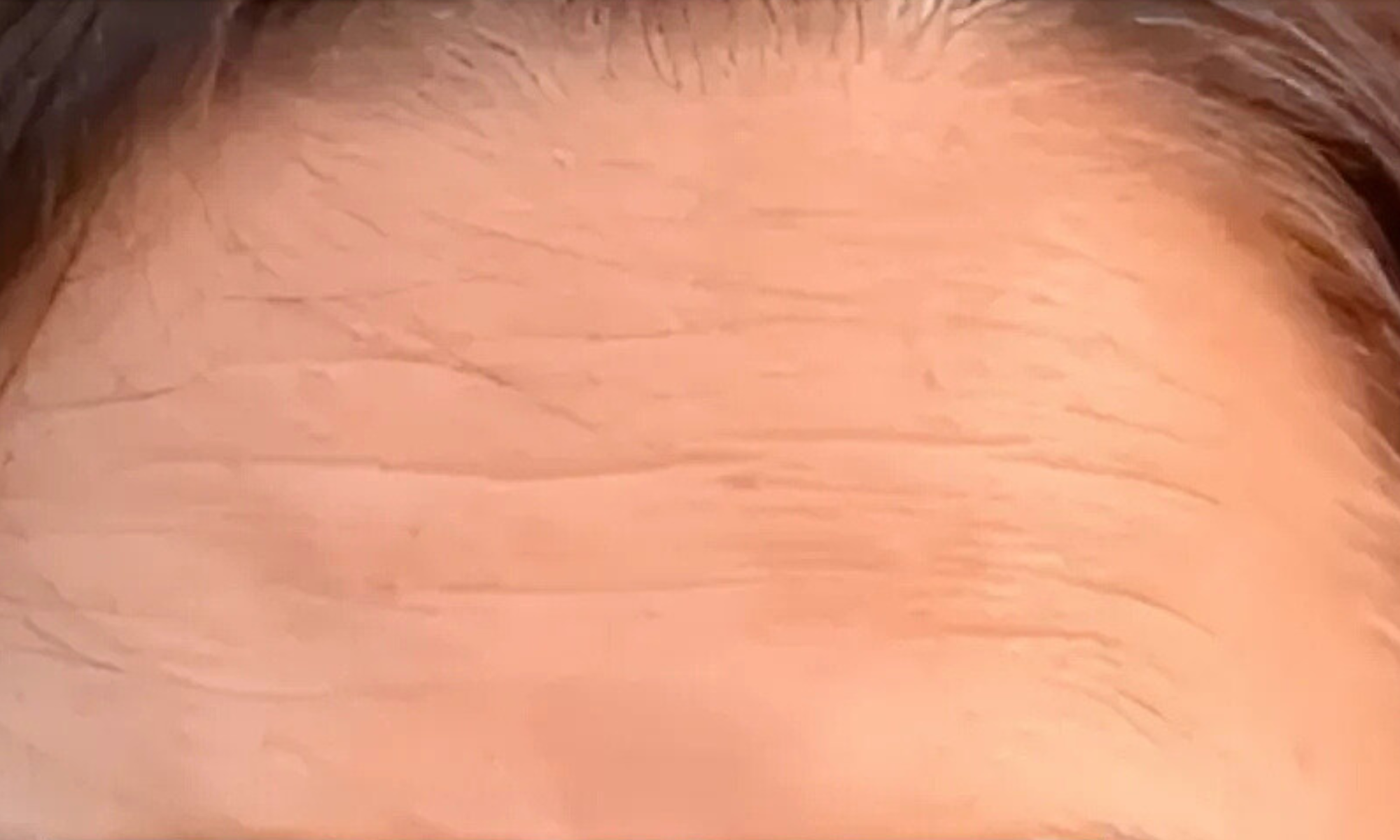
Day 1

Day 7
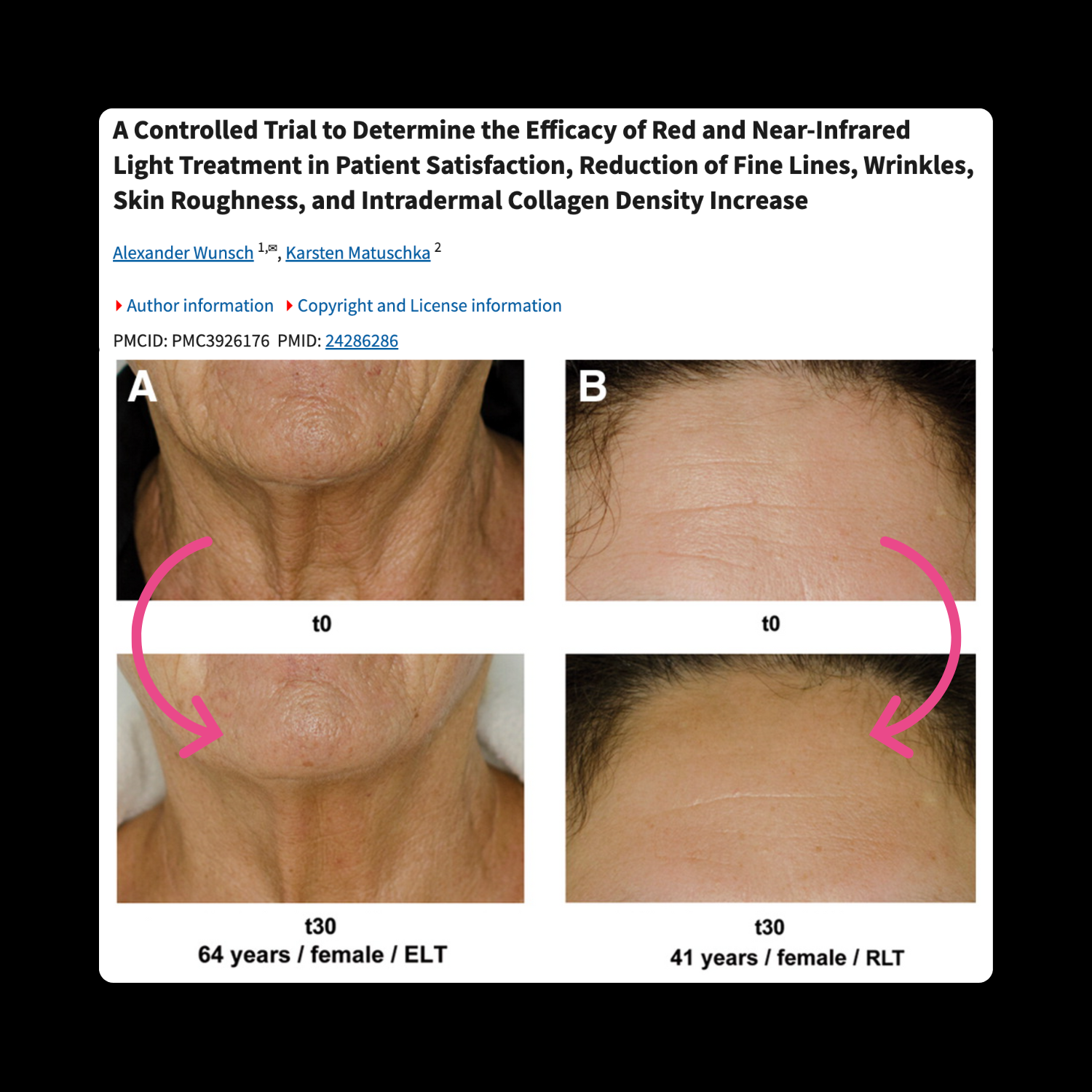
Clinical Study
19x Better Wrinkle Reduction
In a groundbreaking clinical study by Wunsch and Matuschka (2014), independent dermatologists—who didn't know which patients received treatment—observed visible wrinkle reduction in an astounding 75% of red light therapy users.
Meanwhile, only 4% of the untreated control group showed any improvement, with most actually experiencing worsening wrinkles.
This remarkable 19x difference demonstrates the transformative power of the same wavelengths found in every Solis device.
PubMed ID: 24286286
Try Risk-Free for 90 DaysWhat else does the science say?
Beyond the benefits highlighted above, clinical research continues to reveal red light therapy's profound impact on skin health. Studies show these specific wavelengths penetrate to different skin depths, activating cellular mechanisms that enhance collagen density, improve elastin production, and optimise cellular turnover. Researchers at leading dermatological institutions have documented significant improvements in skin firmness, texture, and tone with consistent use. This growing body of evidence explains why dermatologists increasingly recommend professional-grade red light therapy as a cornerstone of effective anti-aging protocols.
In a groundbreaking clinical study by Wunsch and Matuschka (2014), independent dermatologists—who didn't know which patients received treatment—observed visible wrinkle reduction in an astounding 75% of red light therapy users.
Meanwhile, only 4% of the untreated control group showed any improvement, with most actually experiencing worsening wrinkles. This remarkable 19x difference demonstrates the transformative power of the same wavelengths found in every Solis device.
(PMID: 24286286)
In a split-face randomised trial by Mota et al. (2023), 137 middle-aged women received 10 LED treatments over 4 weeks, with 660 nm red light on one side of the face and 590 nm amber light on the other. The red-light treated side showed a ~31.6% decrease in wrinkle volume (per 3D skin analysis), while the amber-light side saw ~29.9% reduction – both significantly improving periocular wrinkles with no statistical difference between the wavelengths.
(PMID: 36780572)
n a 12-week trial by Nam et al. (2017), 52 women were treated daily with either 660 nm red LED or a broad-spectrum white LED (411–777 nm) for facial rejuvenation. Both groups saw significant reductions in periocular wrinkle depth by week 12. The 660 nm red LED group had slightly greater wrinkle improvement (including higher patient-rated cosmetic outcomes) while the white-light group’s results were similar; ultimately, red light proved to be a safe, effective anti-wrinkle treatment on par with the broad-spectrum light.
(PMID: 28195844)
In a single-blinded study by Russell et al. (2005), 31 subjects received nine LED phototherapy sessions using 633 nm (red) and 830 nm (near-infrared) wavelengths in combination. By 12 weeks after treatment, objective skin profilometry showed 52% of participants had a 25–50% improvement in photoaging scores, and 81% of subjects reported noticeably smoother, reduced wrinkles around their eyes. (No untreated control was used, but participants’ untreated skin did not show such improvements.) (PMID: 16414908)
In an open-label study by Morita et al. (1993), 112 patients with chronic atopic dermatitis were treated with low-level laser therapy (LLLT) using a GaAlAs diode (~830 nm wavelength) on affected skin. After a course of treatment, 79% of patients reported that itching was reduced, and 62% showed visible improvement in their eczematous lesions. No side effects were observed with the NIR light therapy, whereas prior to treatment these patients’ itch and rash had been persistent despite standard care. (PMID: 7907380)
In a preliminary trial by Ablon (2010), 9 patients with recalcitrant psoriasis (cases unresponsive to conventional treatments) underwent sequential LED phototherapy with 830 nm near-IR and 633 nm red light, twice per week for 4–5 weeks. All patients achieved substantial clearing of their psoriasis plaques, with 60–100% clearance of lesions recorded at 3–8 months follow-up. Patient satisfaction was very high, and treatment was painless with no adverse effects – notable given that these individuals had seen little improvement with past standard therapies. (PMID: 19764893)
In a double-blind comparative study by Kleinpenning et al. (2012), 20 patients each had two matched psoriasis plaques treated 3 times weekly for 4 weeks – one with 630 nm red LED and the other with 420 nm blue LED. Both light therapies produced significant clinical improvements in plaque scaling and thickness. Blue light yielded a greater reduction in redness (erythema) that continued throughout the treatment course, whereas red light’s erythema improvement plateaued after ~2 weeks. Nonetheless, the red LED still provided a marked overall improvement of the psoriasis plaques compared to baseline, confirming that non-UV visible light can benefit psoriasis.
(PMID: 21435024)
Testimonials
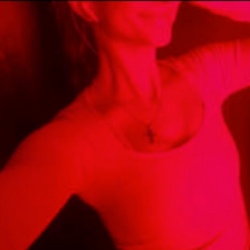
Heather P.
Real results. Real relief. Red light therapy that changes lives.
After years of pain, prescriptions, and disappointment—my daughter’s skin healed completely in just 2 weeks. No more breakouts, no more steroids. Just Solis. It gave her confidence and joy back.
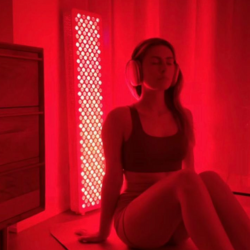
Chelsea B.
Smoother Skin in Just Weeks.
The panel is brilliant. After using the panel regularly for around 2 months, my skin has become visibly smoother. Customer service has also been great - I had a reply within minutes.

Toni A.
Finally, Relief for My Son's Eczema!
It’s helping to keep my son’s weeping from his eczema at bay—and for the first time in a long time, his skin is starting to calm. We’ve tried so many creams, prescriptions, and treatments, but nothing has soothed his flare-ups like Solis. The redness is fading, the itching has eased, and we finally feel like we’re turning a corner. Watching him sleep peacefully without scratching all night has been the biggest gift.
Skin FAQs
How quickly will I see results on my skin?
Most users report noticing initial improvements like enhanced glow and reduced redness within 1-2 weeks of consistent use. More significant changes such as diminished fine lines and improved skin texture typically become visible after 4-6 weeks of regular sessions. For concerns like deep wrinkles, scarring, or hyperpigmentation, expect the most dramatic improvements around the 8-12 week mark. The progressive nature of these results reflects how red light therapy works by enhancing your skin's own regenerative processes rather than creating temporary surface changes.
Can red light therapy help with wrinkles and ageing skin?
Yes. Clinical studies have shown red and near-infrared light therapy can stimulate collagen, reduce wrinkle depth, and improve skin elasticity—especially around the eyes and mouth.
Solis panels use the same proven wavelengths shown to deliver visible anti-ageing results without downtime.
Will it help with conditions like eczema or psoriasis?
Red and near-infrared light therapy has been shown to calm inflammation, reduce itchiness, and improve lesion healing in skin conditions like eczema and psoriasis.
Many users experience clearer, calmer skin with regular use—without the side effects of steroids or medicated creams.
How often should I use red light therapy for skin concerns?
For skin health, most people benefit from 3–5 sessions per week, for 10–15 minutes per area. You can increase frequency slightly during flare-ups or before events.
Consistency is key—think of Solis as your skin’s daily dose of light nutrition
Should I apply anything to my skin before or after a session?
Some users choose to pair red light with serums such as our own Light Activating Serum, containing copper peptides, hyaluronic acid, or antioxidant blends to enhance results.
Solis works beautifully on its own, but can also boost the impact of your favourite products.
Can I use it alongside other treatments like microneedling or retinol?
Yes, red light therapy is often used to enhance recovery and results after treatments like microneedling, chemical peels, or retinoid use. Just be sure your skin is not irritated before using the panel.
Solis helps calm the skin, speed up healing, and reduce redness—making it the perfect companion to more intensive skincare.
Does red light therapy cause pigmentation or damage like the sun?
Not at all. Red and near-infrared light is non-UV and non-invasive. It doesn’t tan the skin, cause sunburn, or contribute to pigmentation. In fact, it can help reduce hyperpigmentation and support more even skin tone.
With Solis, you get the glow—without the burn.
How to use?
Optimal Positioning
Position your Solis panel 6-12 inches from targeted muscle groups immediately after exercise when tissues are most receptive to therapy. For larger muscle groups (quads, hamstrings, back), position the panel 10-12 inches away to cover more surface area. For focused recovery of smaller areas (calves, forearms, shoulders), position closer at 6-8 inches for maximum penetration. Aim to expose the muscles directly involved in your workout, keeping the panel perpendicular to the treatment area for optimal light absorption.
Dosage Protocol
For optimal skin rejuvenation, 10-minute daily sessions provide excellent results. Use both Red (630nm/660nm) and Near-Infrared (810nm/830nm/850nm) settings together for comprehensive benefits—the red wavelengths target surface concerns like texture and tone while NIR reaches deeper to support collagen production and cellular repair. Morning sessions can energize skin for the day ahead, while evening treatments support overnight regeneration processes. Most users see initial improvements within 2-3 weeks, with more significant results developing over 8-12 weeks of consistent use.
Habit Stacking
Skincare Absorption Enhancer: Apply your serums and active ingredients (vitamin C, hyaluronic acid, peptides) immediately before your light session—the increased circulation may help drive ingredients deeper for enhanced effectiveness.
Facial Massage Amplifier: Perform gentle facial massage techniques or use a gua sha tool during your red light session—combining physical stimulation with light therapy for improved lymphatic drainage and product absorption.
Morning Multitasking: Position your panel during your morning coffee, breakfast, or email check—making skin rejuvenation an effortless part of your existing routine without adding extra time to your day.
Remember: Consistency is the key to transformative results. Even brief daily sessions will yield better outcomes than occasional longer treatments. Take progress photos in similar lighting every 3-4 weeks to track your skin's improvement journey.
Position your Solis panel 6-12 inches from targeted muscle groups immediately after exercise when tissues are most receptive to therapy. For larger muscle groups (quads, hamstrings, back), position the panel 10-12 inches away to cover more surface area. For focused recovery of smaller areas (calves, forearms, shoulders), position closer at 6-8 inches for maximum penetration. Aim to expose the muscles directly involved in your workout, keeping the panel perpendicular to the treatment area for optimal light absorption.
For optimal skin rejuvenation, 10-minute daily sessions provide excellent results. Use both Red (630nm/660nm) and Near-Infrared (810nm/830nm/850nm) settings together for comprehensive benefits—the red wavelengths target surface concerns like texture and tone while NIR reaches deeper to support collagen production and cellular repair. Morning sessions can energize skin for the day ahead, while evening treatments support overnight regeneration processes. Most users see initial improvements within 2-3 weeks, with more significant results developing over 8-12 weeks of consistent use.
Skincare Absorption Enhancer: Apply your serums and active ingredients (vitamin C, hyaluronic acid, peptides) immediately before your light session—the increased circulation may help drive ingredients deeper for enhanced effectiveness.
Facial Massage Amplifier: Perform gentle facial massage techniques or use a gua sha tool during your red light session—combining physical stimulation with light therapy for improved lymphatic drainage and product absorption.
Morning Multitasking: Position your panel during your morning coffee, breakfast, or email check—making skin rejuvenation an effortless part of your existing routine without adding extra time to your day.
Remember: Consistency is the key to transformative results. Even brief daily sessions will yield better outcomes than occasional longer treatments. Take progress photos in similar lighting every 3-4 weeks to track your skin's improvement journey.



